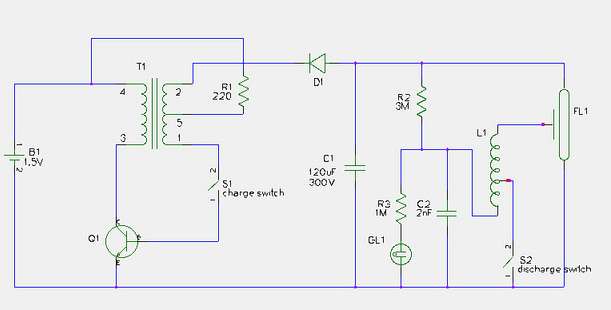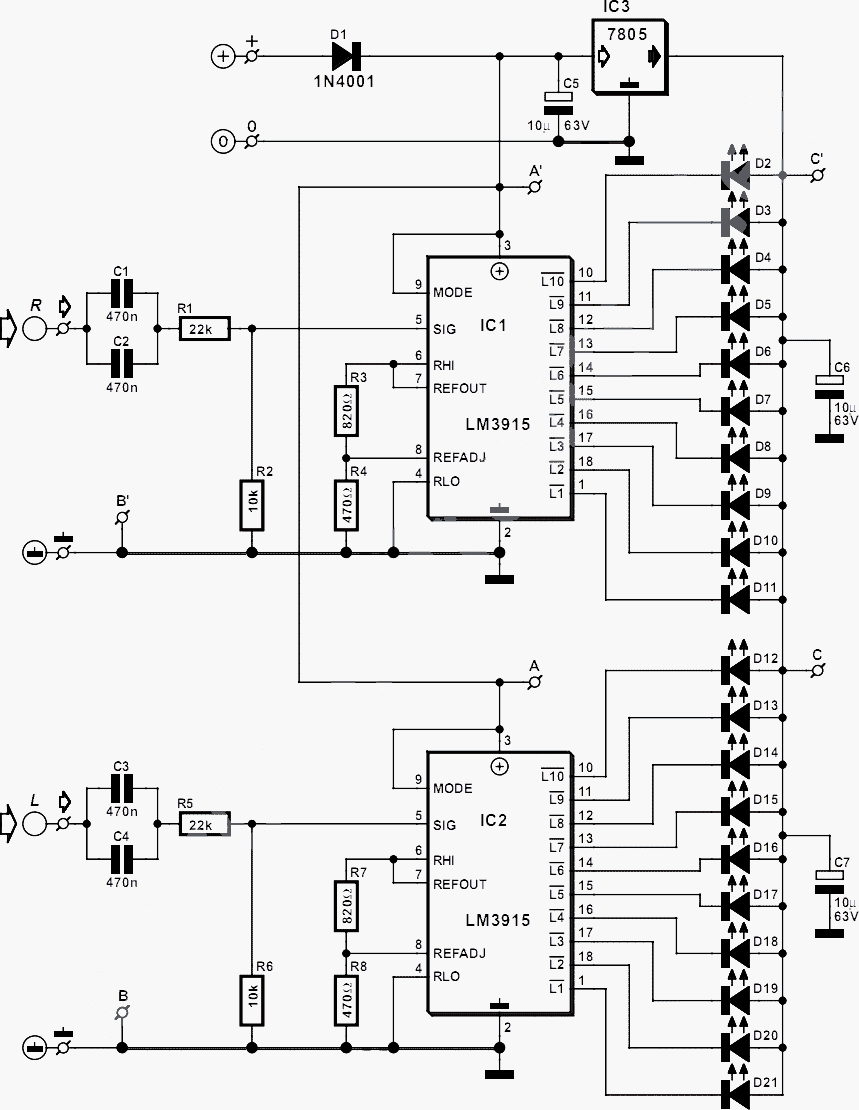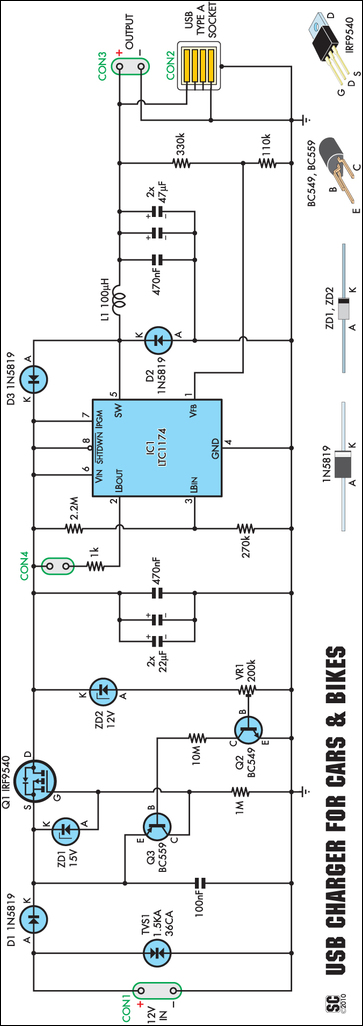
0-50V 1A Laboratory Power Supply

A laboratory power supply is characterized by its wide adjustable voltage range and robustness. Continuous voltage adjustment is necessary, as well as a current limiter for safety and reliability. A suitable design can be created using the LM10 operational amplifier and a voltage source integrated circuit, as illustrated in the schematic diagram below.
The laboratory power supply described utilizes the LM10 op-amp to achieve precise voltage regulation and adjustable output. The LM10 is a versatile device that allows for a wide range of output voltages to be set through external resistors connected to its feedback loop. By configuring the gain of the op-amp, the desired output voltage can be adjusted continuously, providing flexibility for various applications.
In addition to voltage regulation, the circuit incorporates a current limiting feature to enhance safety. This is crucial in preventing damage to both the power supply and the connected load. The current limiter can be implemented using a simple resistor in series with the load, and a transistor that monitors the current flow. When the current exceeds a predetermined threshold, the transistor activates, reducing the output voltage to maintain safe operating conditions.
The schematic diagram typically includes the LM10 op-amp, a voltage reference source, and the necessary passive components such as resistors and capacitors for stability and filtering. The power supply design may also feature additional elements such as LED indicators for power status and output voltage levels, as well as protection diodes to safeguard against reverse polarity connections.
Overall, this laboratory power supply design is robust, adaptable, and suitable for a variety of electronic experiments and testing environments, ensuring reliable performance across a wide range of applications.Laboratory power supply is characterized by its wide adjustable voltage range and its robustness. Continuous voltage adjustment is necessary, as well as current limiter for safety and robustness. You can build suitable one using LM10 op-amp and voltage source IC as shown in the schematic diagram below: 🔗 External reference
The laboratory power supply described utilizes the LM10 op-amp to achieve precise voltage regulation and adjustable output. The LM10 is a versatile device that allows for a wide range of output voltages to be set through external resistors connected to its feedback loop. By configuring the gain of the op-amp, the desired output voltage can be adjusted continuously, providing flexibility for various applications.
In addition to voltage regulation, the circuit incorporates a current limiting feature to enhance safety. This is crucial in preventing damage to both the power supply and the connected load. The current limiter can be implemented using a simple resistor in series with the load, and a transistor that monitors the current flow. When the current exceeds a predetermined threshold, the transistor activates, reducing the output voltage to maintain safe operating conditions.
The schematic diagram typically includes the LM10 op-amp, a voltage reference source, and the necessary passive components such as resistors and capacitors for stability and filtering. The power supply design may also feature additional elements such as LED indicators for power status and output voltage levels, as well as protection diodes to safeguard against reverse polarity connections.
Overall, this laboratory power supply design is robust, adaptable, and suitable for a variety of electronic experiments and testing environments, ensuring reliable performance across a wide range of applications.Laboratory power supply is characterized by its wide adjustable voltage range and its robustness. Continuous voltage adjustment is necessary, as well as current limiter for safety and robustness. You can build suitable one using LM10 op-amp and voltage source IC as shown in the schematic diagram below: 🔗 External reference





